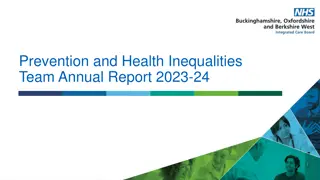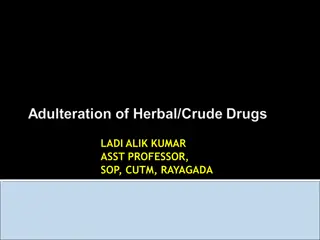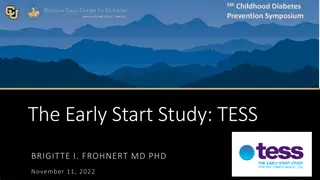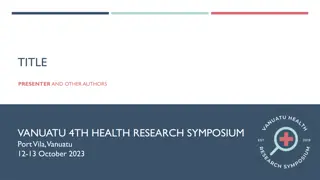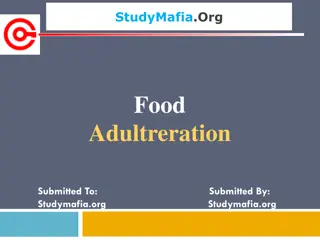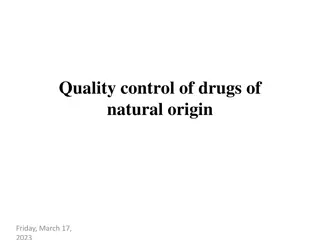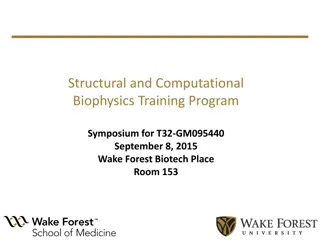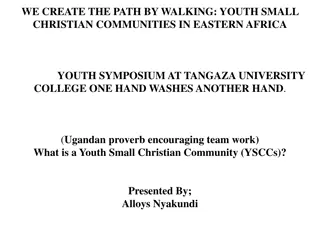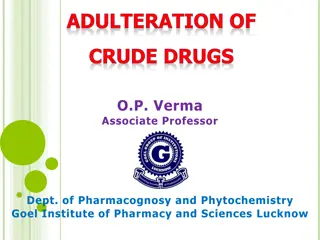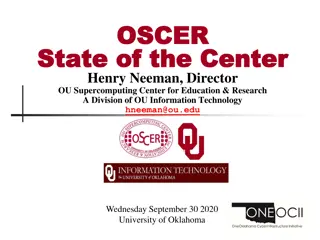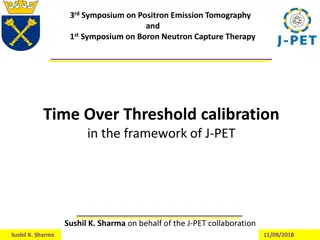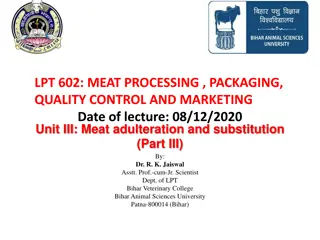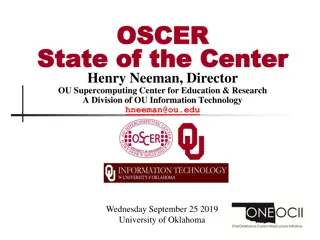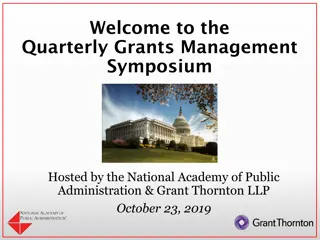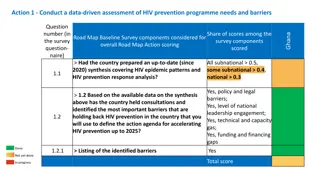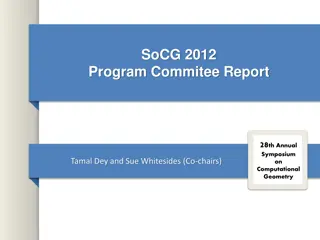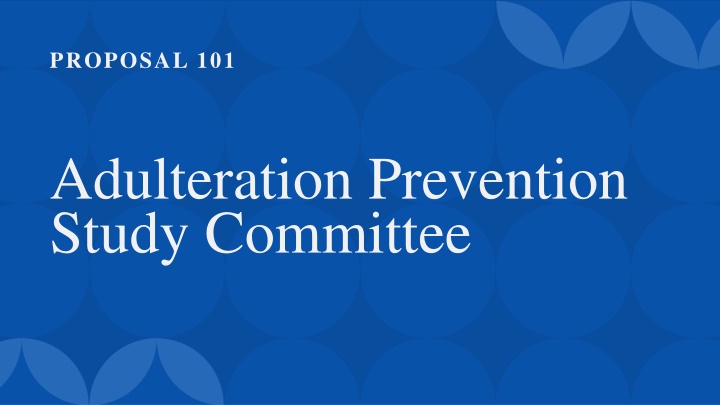
Adulteration Prevention Study: Committee Activities and Findings
Explore the work of the Adulteration Prevention Study Committee in preventing contamination of Grade A milk products post-CIP process. Discover the regulatory and industry responses to incidents and the strategies developed to safeguard public health.
Download Presentation

Please find below an Image/Link to download the presentation.
The content on the website is provided AS IS for your information and personal use only. It may not be sold, licensed, or shared on other websites without obtaining consent from the author. If you encounter any issues during the download, it is possible that the publisher has removed the file from their server.
You are allowed to download the files provided on this website for personal or commercial use, subject to the condition that they are used lawfully. All files are the property of their respective owners.
The content on the website is provided AS IS for your information and personal use only. It may not be sold, licensed, or shared on other websites without obtaining consent from the author.
E N D
Presentation Transcript
PROPOSAL 101 Adulteration Prevention Study Committee
PROPOSAL 101 The assigned committee is charged to identify and develop appropriate strategies to prevent contamination of Grade A milk and/or milk products with chemical sanitizers after the CIP process. In developing prevention strategies, the assigned committee will, at least, consider: Which Grade A milk and/or milk products should be addressed through the prevention strategies; Potential means to minimize contamination: regulatory activities (including guidance, Conference proposals); communication/outreach to industry stakeholders; training gaps (including operator training, food safety plan training); industry best practices; etc. The assigned committee will report on their activities at the next meeting of the NCIMS Conference. 2
INCIDENTSSUMMARY Plant 1 1% Lowfat Half Pints 8 cases = 25 gallons Plant 3 1% Half Pints 18 cases = 56 gallons Plant 4 Fat Free Half Pints 35 cartons = 2.2 gallons Plant 5 1% Half Pints 33 cartons = 2 gallons Plant 2 1% Half Pints 25 cartons = 1.5 gallons Chocolate Milk Lowfat Milk Chocolat e Milk Lowfat Milk Lowfat Milk Children Children Pre-K & K Children 30 treated at hospital and same day release K-8 Children No injuries reported Children Blisters in mouth, esophageal burns No injuries reported Students reported vomiting 3
REGULATORY COMMITTEE MEMBERS Sofia Stifflemire- TX- Committee Chair Eric Glaude- NY Brian Wise- Ohio Nathan Campbell- Indiana Dustin Cox- NM Shannon Maloney- Missouri
INDUSTRY COMMITTEE MEMBERS Brad Suhling- Prairie Farms- Vice Chair Roger Hooi- DFA Sabina Alexander- Hiland Violet Martin- General Mills Denise DuFrense- Saputo
NON-VOTING COMMITTEE MEMBERS Dr. Nicole Martin- Cornell University John Allan- IDFA Brook Sherman- Ecolab Clay Detlefsen- NMPF Dr. Beth Briczinski- FDA Clint George- FDA
COMMITTEE ACTIVITIES The committee held our first meeting in September 2023. We met monthly through June of 2024. Our last committee meeting was October 2024. The committee members created a risk assessment to properly identify what processes or products are the largest risk to the public. The processes and products identified has helped direct the committees focus on how to achieve the objectives outlined in proposal 101. 7
BEST PRACTICES DOCUMENT A six-page Best Practices Document was created focusing on the adulteration of milk and dairy products with chemical sanitizer. The document starts with a background explaining the need and importance of identifying and proactive measures to prevent accidental adulteration. The document then provides several scenarios of how a product can become adulterated with chemical sanitizers. Next, the document provides recommended strategies to reduce the risk of adulteration with chemical sanitizer. Last, the document addresses the crucial need for a comprehensive training program for employees. 8
NCIMS WEBSITE The Best Practices Document will be housed on the NCIMS website under: Programs Adulteration Study Committee Best Practices Document 9
FLAVORING MILK What does this mean to State Regulatory, FDA, and Industry? In the 80 s flavoring milk on the production floor for sensory testing was a normal procedure. This went away in the 90 s due to the interpretation of Item 20p Administrative Procedure #5. of the PMO: 5. The use of tobacco products, chewing gum or eating food or drinking beverages is prohibited in all rooms in which milk and milk products are handled, processed or stored, or in which milk or milk product containers, utensils and/or equipment are washed. The committee is currently discussing options and potential committee actions centered around this language in the PMO.
NEXT STEPS Collaborate with FDA in addressing sensory evaluation on the production floor. Spread the word regarding the Best Practices Document
Thank you SOFIA STIFFLEMIRE, MBA, R.S. FOOD SAFETY UNIT DIRECTOR CONSUMER PROTECTION DIVISION TEXAS DEPARTMENT OF STATE HEALTH SERVICES (W) 512-963-7806 SOFIA.STIFFLEMIRE@DSHS.TEXAS.GOV

